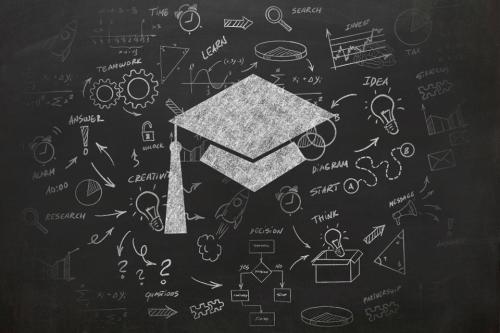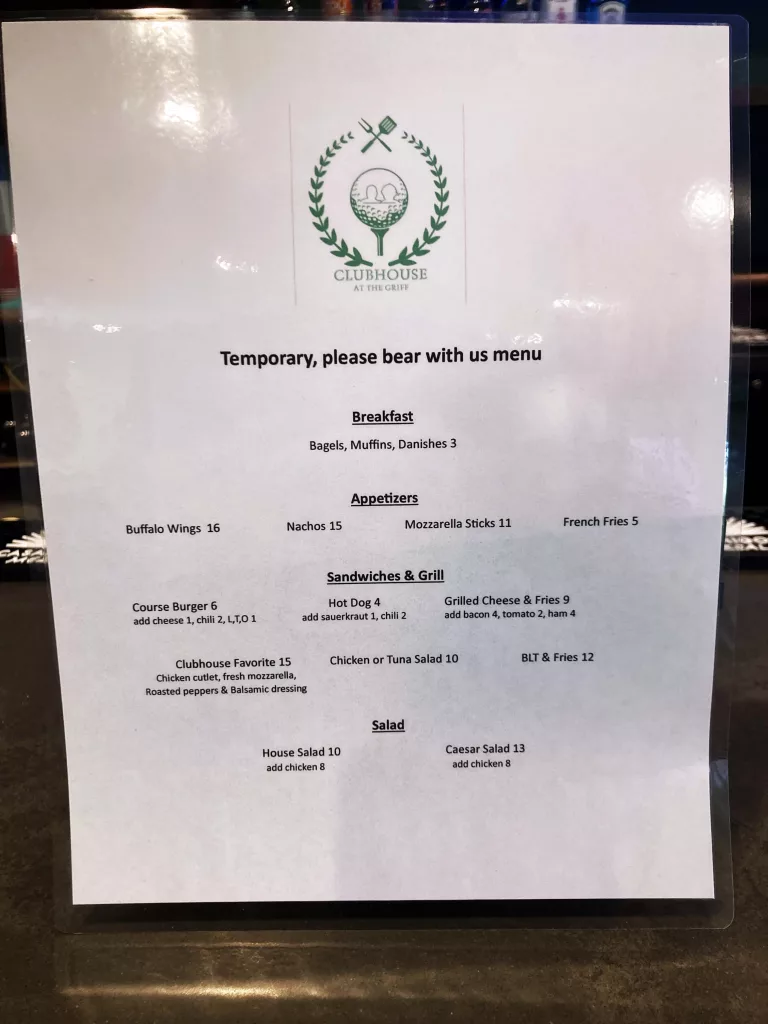

By: Gregg Pauletti
Working with students and families to assist students in attending college is rewarding – especially when those students have overcome significant obstacles in order to achieve their dreams. This often occurs with the population that I work with – those young adults living with mental health concerns must regularly conjure up the ability to do well both in their “outside” life, while battling their internal world as it pertains to depression, anxiety, or something else. This year, COVID-19 has been “the great equalizer” – all students now have a significant barrier that they are trying to overcome, and they ALL have had an experience that will be unique to only these students. Colleges must now determine how they will evaluate these students. Remote learning has created a new type of grading system, standardized tests are now optional or blind for almost every college, and extra-curricular activities hardly exist in this world of social-distancing. My advice? Take a deep breath, control what you can, and know that colleges and universities are trying to figure all of this out as well. The higher education system is experiencing significant stress in many ways, and the climate is changing on a weekly, if not daily, basis.
So how are colleges and universities being impacted?
It shouldn’t be a surprise that higher education has been and will continue to be, immeasurably altered due to COVID-19. Contrary to what you might believe, the change which is felt has little to do with the number of applicants, selectivity, or the cost of tuition. The fact is that financially healthy schools (meaning large endowments and sound fiscal policy) will continue to remain strong – because they can. They will be just as selective, retain their applicants, and financially will have no problem weathering this storm. Schools on the other end of the spectrum are experiencing a very different reality – they are cutting costs and anticipating the worst – they are relying on tuition dollars to stay afloat, tuition dollars which are disappearing because students are deferring, taking gap years, or abandoning college plans all together. As a whole, colleges are experiencing the most uncertain incoming class they’ve ever had this past year, and next year is shaping up to be composed of an equally uncertain applicant pool.
How did we reach this point? We now have three different climates for schools. First, those which include the most selective and elite programs in the country. Second, the programs which are somewhere in the middle, have a small endowment and can likely weather this storm. And, finally, the programs which are completely tuition dependent and have little in reserve to help them manage the impact of this disaster.
In the elite programs, if standards change and the bottom line is impacted in a significant way, I will be shocked – their pool of applicants are the ones who are doing the best coping with COVID-19, both academically and financially. The long-term forecast will not change, even though their everyday operations have. Admission to elite schools has been and will continue to become more competitive.
The schools in the middle – the medium-sized, somewhat selective programs which have some popularity and decent endowments – are doing everything they can do to retain students and hit enrollment targets. These schools are quickly developing programs in order to attract different demographics of students, but will it be enough? They are looking at certificates, extended studies, and vocational programs in order to supplement more typical revenue streams. I believe that many of these programs may not make it through this pandemic, and if they do, they will be fundamentally changed.
Lastly, tuition dependent colleges now must attract, enroll, and retain as many students as they can. Similar to the “middle” category of colleges, these schools are developing programs which will increase revenue in areas previously not identified. If they are unable to bring in enough students in non-traditional ways, these schools will not survive. These are the small colleges and universities which serve small markets and don’t have a lot of national recognition. Many are excellent, and provide vital services to their communities. However, overcoming enrollment shortfalls will likely mean draconian cuts to services and programs, ultimately forcing them to close or merge with other institutions.
The world of higher education, along with those students seeking admission, is in uncharted waters. Life-changing decisions are being made by both schools, as well as families, in a time where most are having trouble planning out the next few months, let alone the next four years. What to do? As I said before, take a deep breath, control what you can, and when you feel like you need assistance, reach out to those in the field and gain a partner – we’re all trying to figure this out together.




